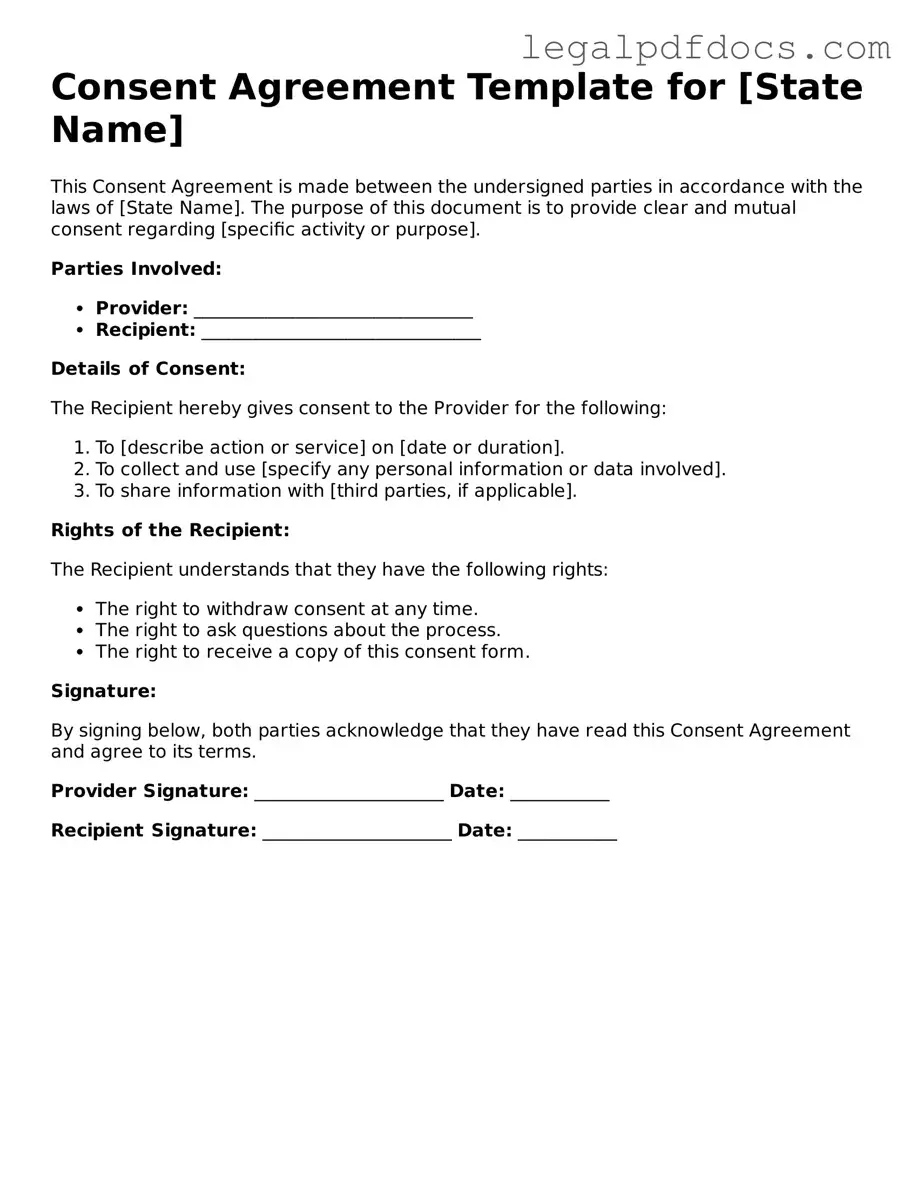When it comes to participating in medical procedures, research studies, or any activities that involve personal information, a consent form plays a crucial role. This document ensures that individuals understand what they are agreeing to, outlining the purpose of the procedure or study, the potential risks involved, and the benefits they might receive. It also clarifies how personal data will be used and protected. By signing the consent form, individuals affirm their voluntary participation and acknowledge that they have had the opportunity to ask questions. This process not only promotes transparency but also respects the rights and autonomy of each person involved. Consent forms are essential in fostering trust between participants and professionals, ensuring that everyone is on the same page regarding expectations and responsibilities.
